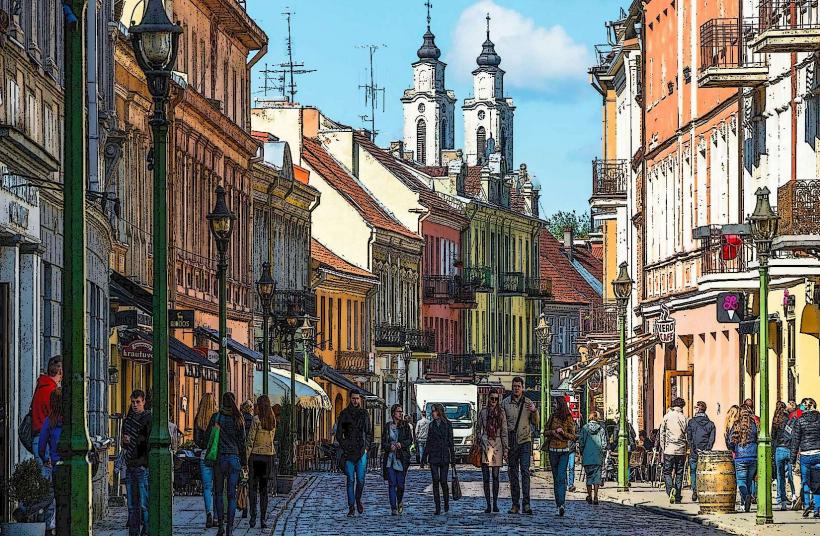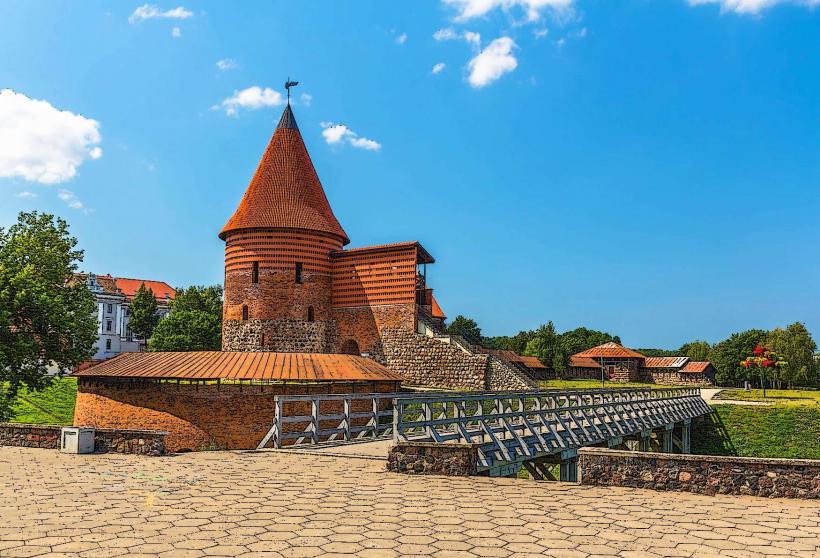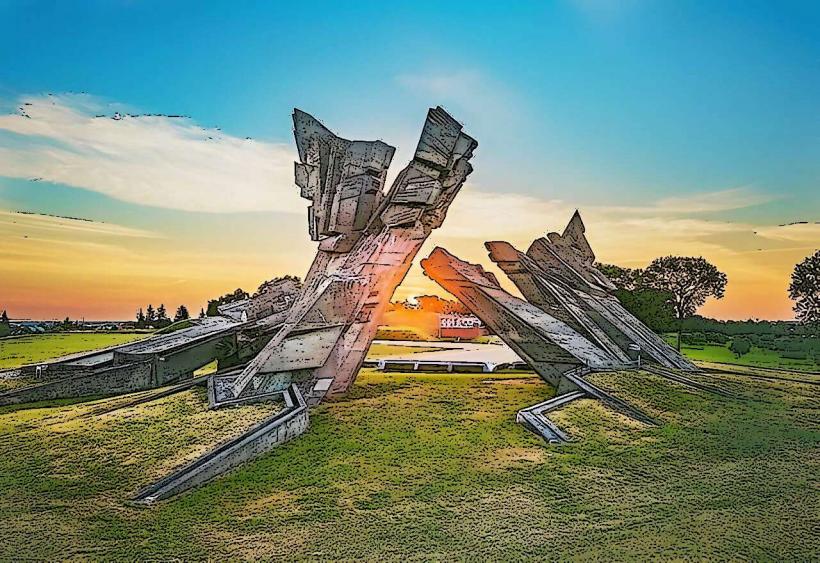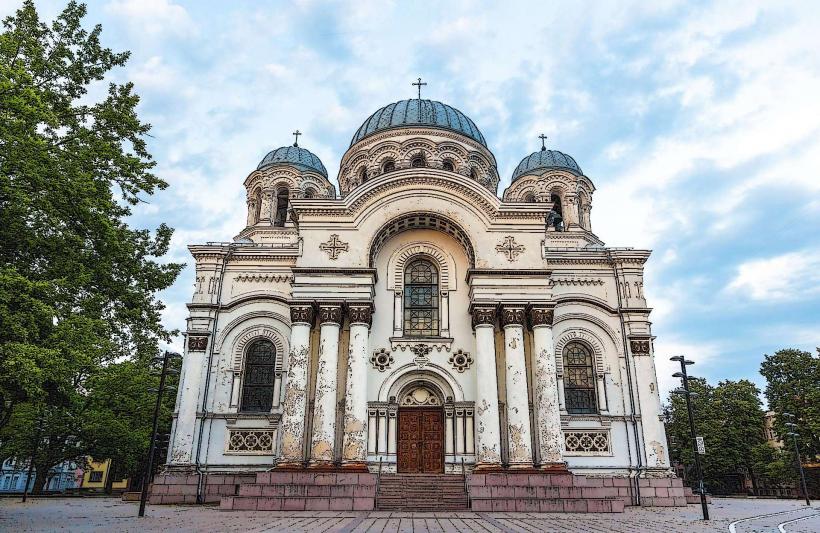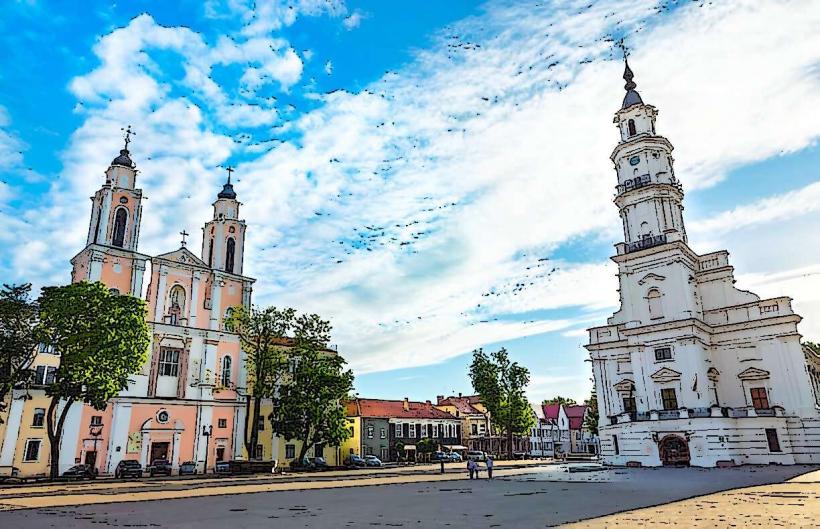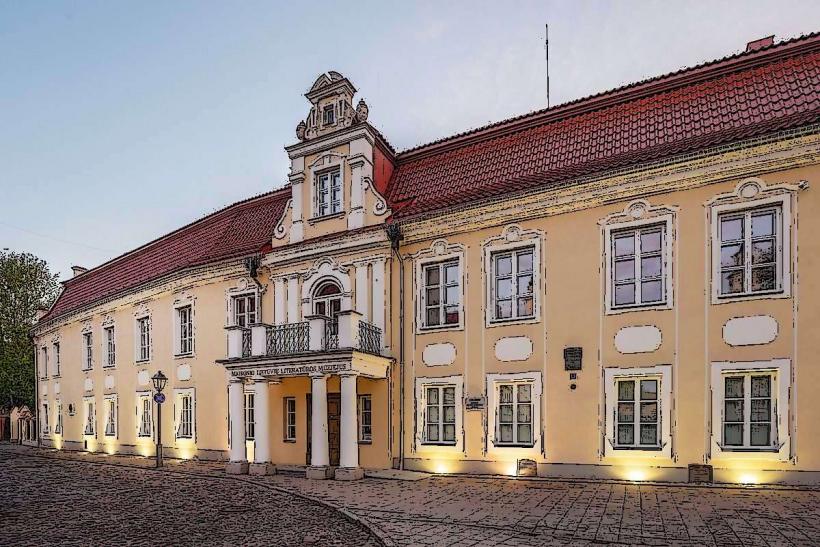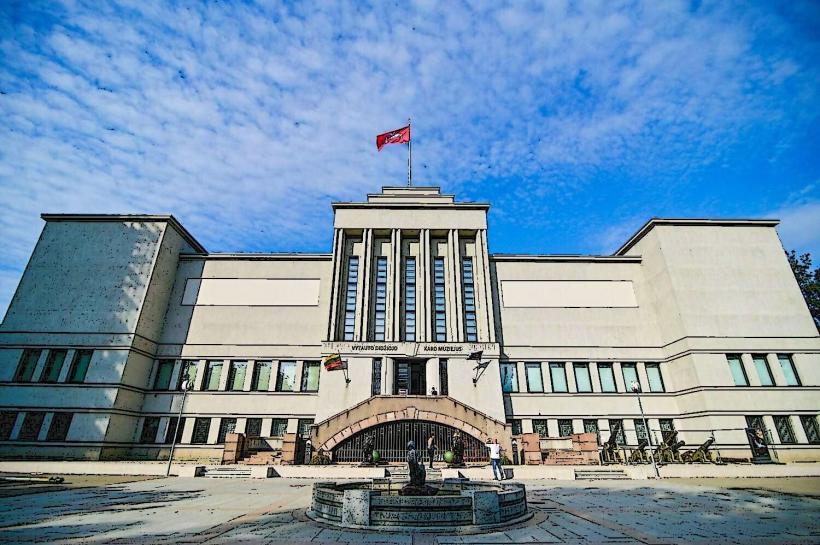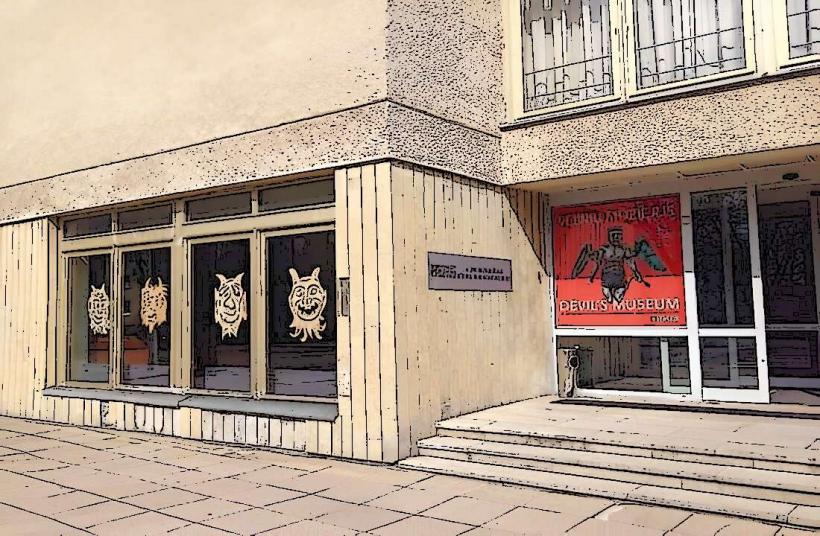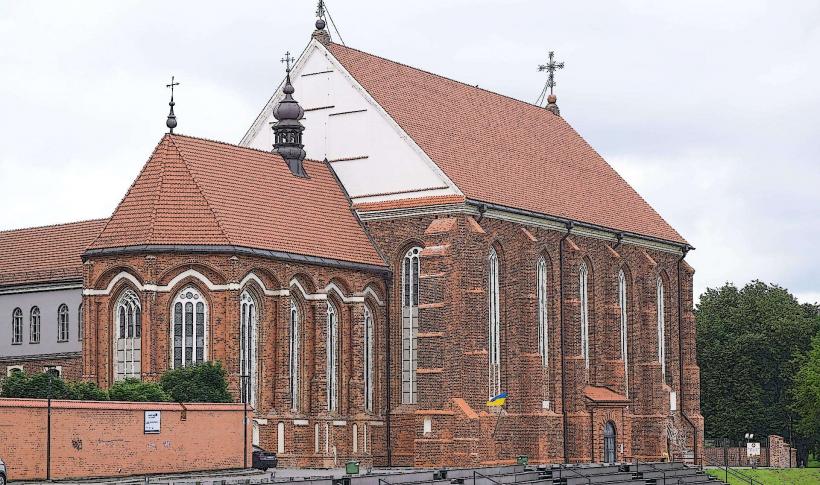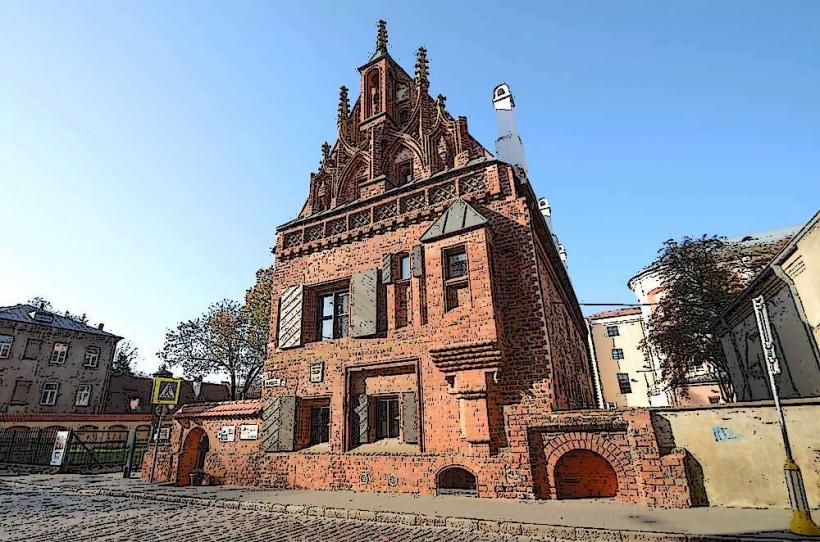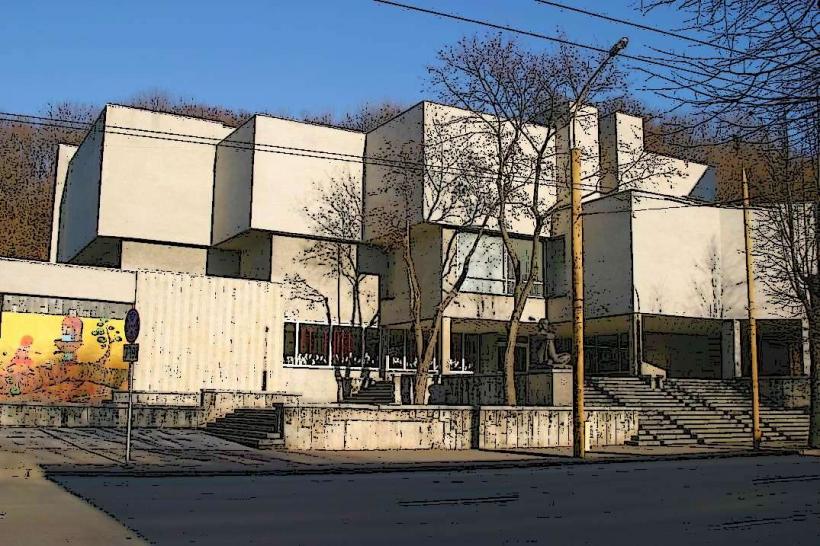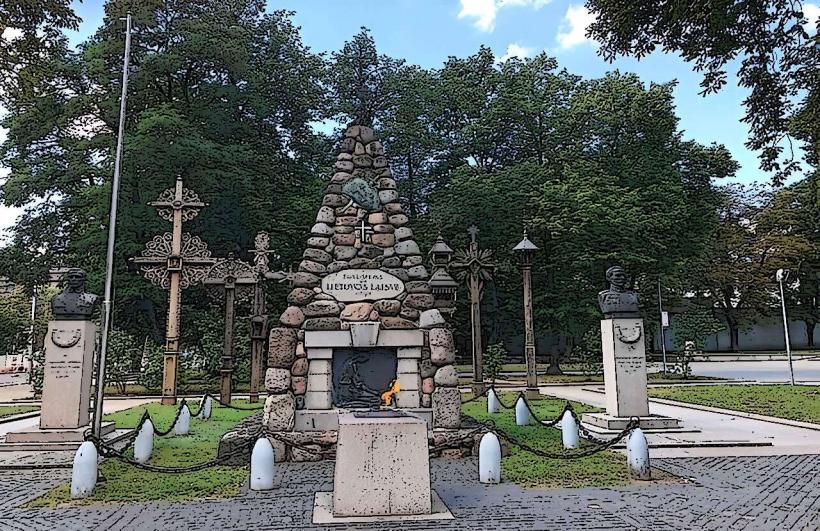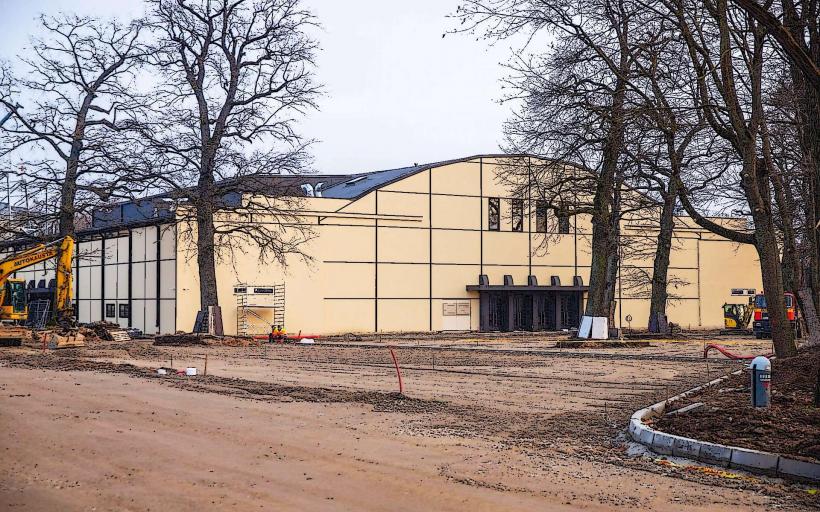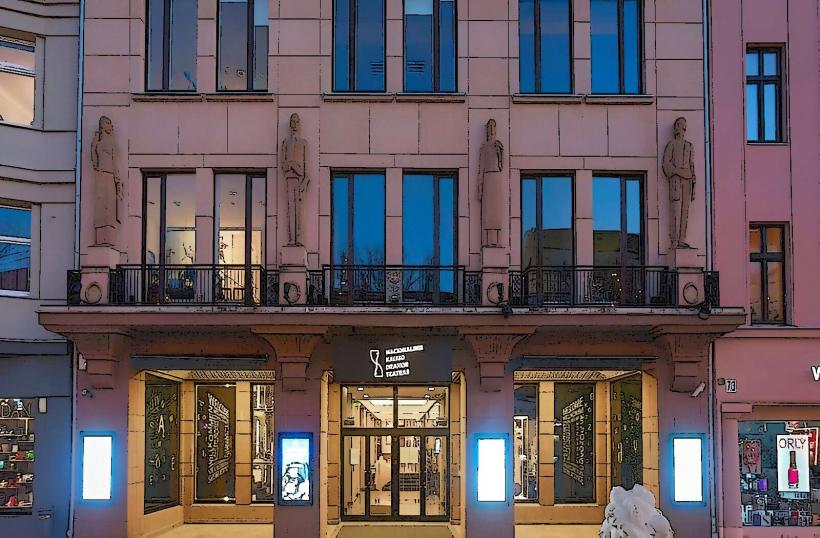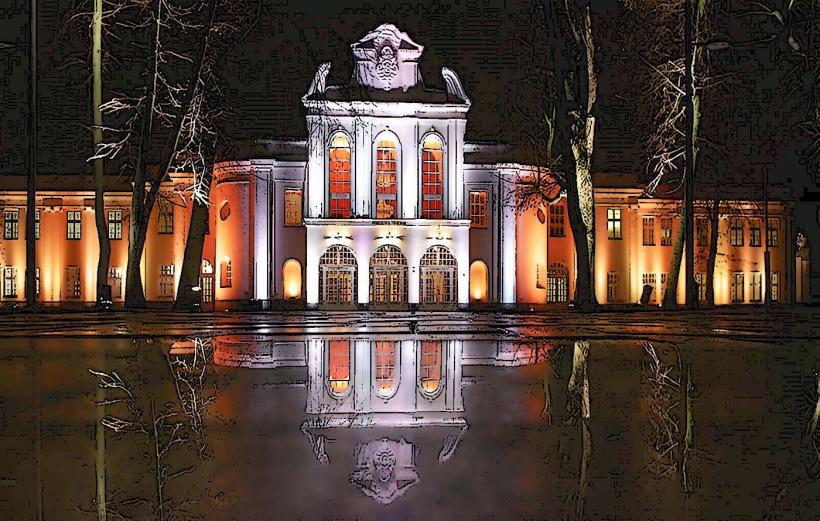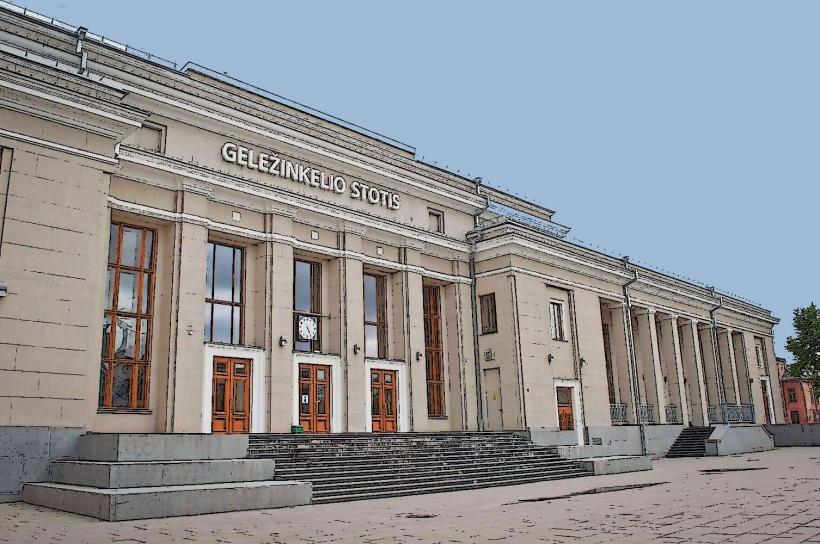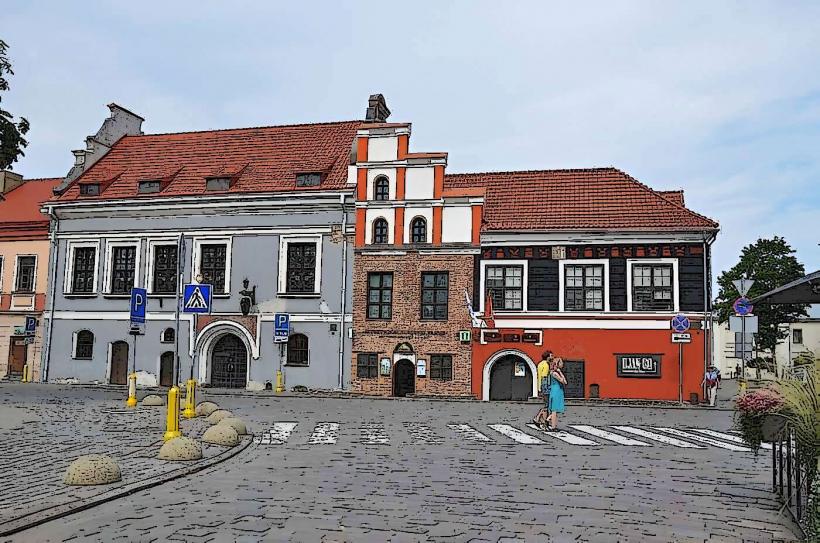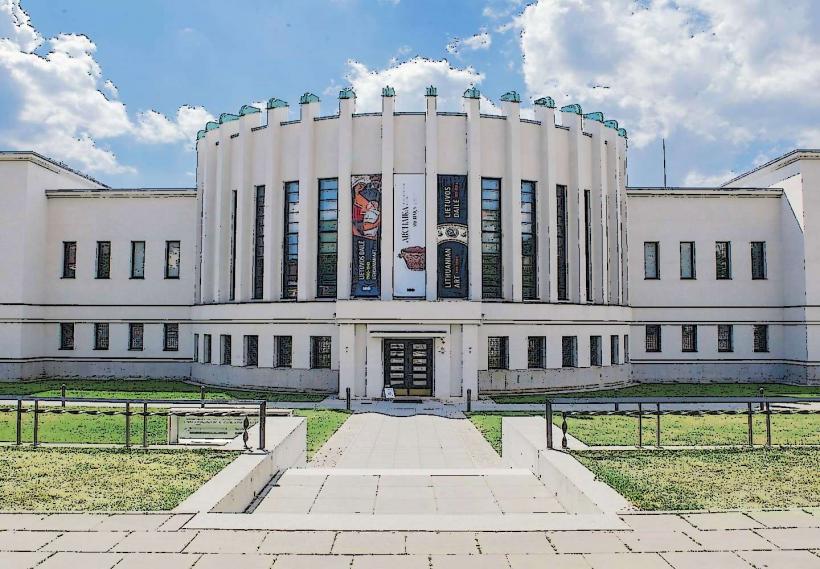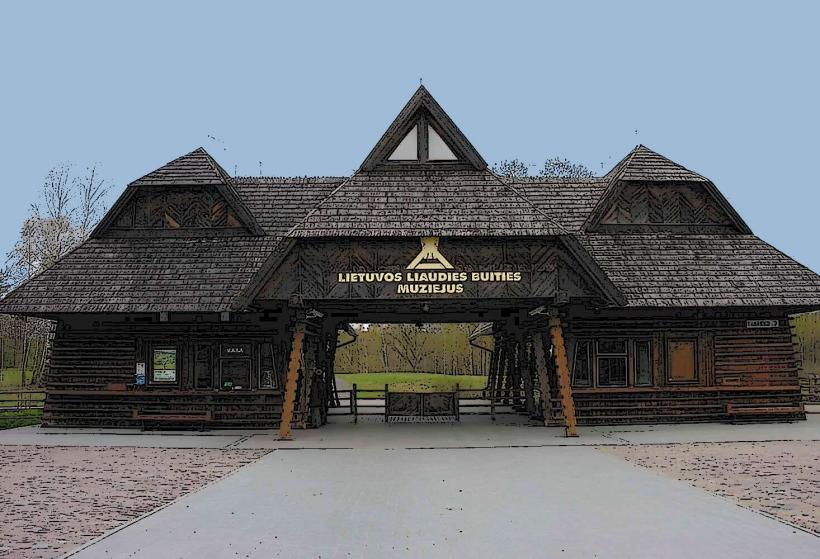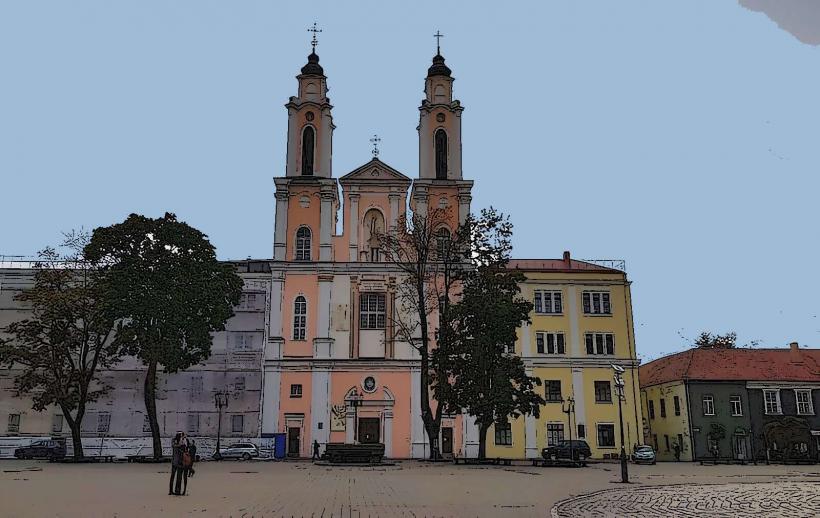Information
Landmark: Vytautas Great MonumentCity: Kaunas
Country: Lithuania
Continent: Europe
The Vytautas the Great Monument in Kaunas, Lithuania, is a prominent and symbolic landmark dedicated to Vytautas the Great, one of the most important and celebrated figures in Lithuanian history. The monument honors Vytautas, the Grand Duke of Lithuania, who played a crucial role in expanding and consolidating the Grand Duchy of Lithuania in the 14th century.
Overview and History:
Vytautas the Great (c. 1350–1430): Vytautas is regarded as one of the greatest leaders in Lithuanian history. As the Grand Duke of Lithuania, he expanded the territory of the Grand Duchy to its greatest extent, making it one of the largest countries in Europe during his reign. Vytautas is also celebrated for his leadership during the Battle of Grunwald in 1410, a pivotal battle against the Teutonic Knights, which helped secure the future of Lithuania and its sovereignty.
Vytautas’ legacy as a military leader, statesman, and unifier of the Lithuanian people is deeply ingrained in Lithuanian national identity, making him a central figure in the country’s history and culture.
Monument Construction: The Vytautas the Great Monument in Kaunas was constructed to honor this great ruler. It was unveiled in 2006, marking the 600th anniversary of the Battle of Grunwald (1410). The monument was designed as a tribute not only to Vytautas’ military achievements but also to his lasting influence on Lithuania’s historical development.
Design and Features:
Monument Style: The Vytautas the Great Monument is a modern yet historically significant tribute to the leader. The statue is designed in a realistic style, depicting Vytautas on horseback in a dynamic pose that emphasizes his role as a military leader. His armor and posture suggest movement, symbolizing his action and leadership on the battlefield.
The statue was created by the sculptor Vyacheslavas Paciukevicius, and it stands on a granite pedestal. The monument’s dynamic composition and realistic details showcase Vytautas as a hero who was both a fierce warrior and a wise leader.
Symbolism: The monument symbolizes the strength, valor, and vision of Vytautas the Great, reflecting his contributions to the expansion of the Lithuanian state and his legacy as a unifier of the Lithuanian people. The horse, a common symbol of power and leadership in many cultures, underscores Vytautas' role as a military commander and symbol of Lithuanian sovereignty.
Location: The monument is situated in Kaunas, near Vytautas the Great War Museum, in a space that connects the city’s modern and historic landscapes. The location was carefully chosen to reflect the deep historical significance of Vytautas in Kaunas and Lithuania’s broader national history. The proximity to the museum enhances the monument’s historical context, as the museum itself houses exhibits dedicated to Lithuania’s military history and Vytautas' era.
Cultural and National Significance:
National Hero: Vytautas is revered as a national hero in Lithuania. The monument serves not only as a commemoration of his military victories but also as a reminder of Lithuania’s sovereignty and independence. Vytautas is seen as a symbol of Lithuanian strength and unity, particularly in the face of external threats such as the Teutonic Order.
Historical Legacy: The monument underscores Vytautas’ role in shaping the history of the Grand Duchy of Lithuania. Under his leadership, the Grand Duchy reached its height of power, stretching from the Baltic Sea to the Black Sea, covering parts of present-day Poland, Belarus, Ukraine, and Russia. Vytautas also helped preserve Lithuania’s pagan culture while fostering relations with other European powers, particularly the Polish Kingdom.
Commemoration of the Battle of Grunwald: The Battle of Grunwald, where Vytautas played a decisive role, is one of the most celebrated military victories in Lithuanian history. The monument’s unveiling in 2006, marking the 600th anniversary of the battle, highlights the continued relevance of Vytautas’ legacy in Lithuania’s national consciousness.
Visitor Experience:
Monument as a National Symbol: The monument attracts both locals and tourists, offering a chance to learn about the pivotal role Vytautas the Great played in Lithuania’s history. It is a place where visitors can reflect on the country’s past, particularly its military and political achievements during the medieval period.
Cultural and Educational Context: The monument is often included in educational tours or cultural events in Kaunas, allowing visitors to connect the physical site with the broader historical context of the Grand Duchy of Lithuania. It also serves as a point of national pride, and it is a popular site during national holidays, including Independence Day and the Day of Vytautas the Great.
Conclusion:
The Vytautas the Great Monument is not only an artistic and architectural landmark in Kaunas but also a cultural symbol of Lithuania’s strength and historical continuity. Celebrating one of Lithuania’s greatest rulers, the monument commemorates his military achievements, his contributions to the expansion of the Grand Duchy of Lithuania, and his lasting impact on the nation’s identity. It serves as a reminder of Lithuania’s rich medieval past and its enduring legacy of resilience and sovereignty.

